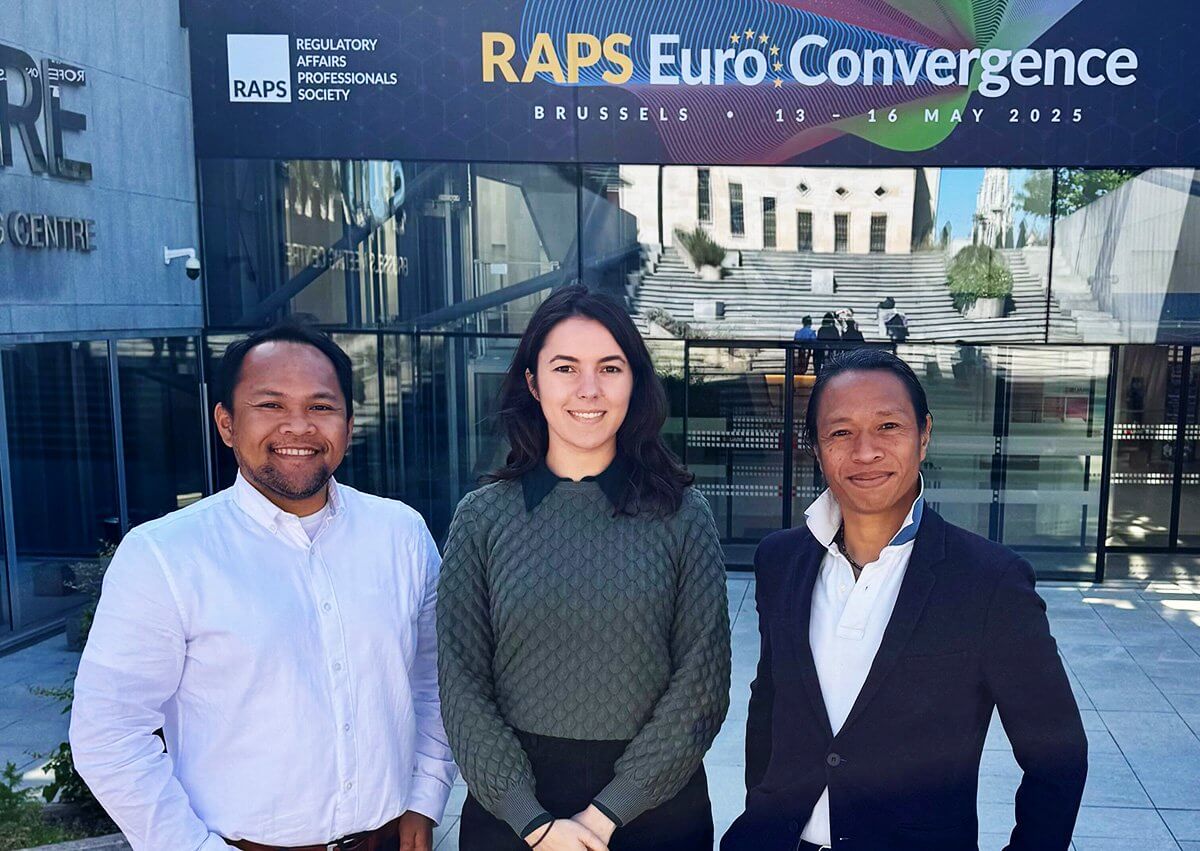RAPS EuroConvergence 2025: Charting the Course for Responsible AI in Health

Just a couple of weeks ago, HealthAI attended RAPS EuroConvergence 2025 in Brussels, a pivotal event that brought together regulatory experts, innovators, and thought leaders to discuss the future of regulation and European competitiveness, especially in this era of digital acceleration and AI integration in healthcare.
Here are our top takeaways:
1. Clearer, Smarter Regulations: Enabling Innovation in a Complex Landscape
The opening plenary session set the tone: the interplay between the Medical Device Regulation (MDR) and the emerging European AI Act is creating a “regulatory lasagna”, adding layers of complexity that could slow innovation. Attendees emphasized the tension between ensuring safety and enabling innovation, underscoring the need for harmonized, less burdensome frameworks to prevent fragmentation across EU member states.
Key Takeaway: Regulations must be both scientifically rigorous and adaptable, striking the right balance between patient protection and innovation. Aligning existing MDR requirements with AI-specific considerations, without creating unnecessary hurdles, is crucial. Innovation-friendly AI regulations are crucial for empowering HealthTech developers to build safe and effective solutions without being hindered by bureaucratic red tape.
2. AI Sandboxes & Testbeds: Building Confidence Through Real-World Testing
A standout feature of the conference was the emphasis on AI sandboxes and independent AI testbeds. These controlled, collaborative environments allow developers to test AI-enabled medical devices under real-world conditions, with strong regulatory oversight. They also provide the means for regulators to bring more adaptive mechanisms that ultimately foster innovation.
Key Takeaway: AI sandboxes and testbeds are essential for bridging the gap between theory and clinical reality while mitigating the risks associated with innovation. These frameworks allow companies to collect substantial evidence regarding safety, performance, and the impact on clinical workflows, fostering trust among regulators, manufacturers, and patients. Ultimately, they pave the way for faster, safer AI adoption.
3. Patient-Centric Value: Bridging the Gap Between Innovation and Impact
AI’s real-world value is defined by its impact on patients, not just by regulatory compliance. Discussions highlighted the need to prioritize real-world outcomes over theoretical performance, tackle algorithmic bias, and align health technology assessments (HTA) with the dynamic nature of AI systems. Sessions underscored the importance of clinical validation, evidence generation, and early value assessments (EVA) that consider patient outcomes and cost-effectiveness.
Key Takeaway: Patient-centered design and outcome measurement should be the cornerstone of AI regulation and evaluation. For AI to truly transform healthcare, regulatory frameworks must integrate real-world effects, address biases, and ensure equitable access to the benefits of AI.
HealthAI’s Commitment: Advancing Responsible AI Together
At HealthAI, we believe that responsible AI goes beyond compliance—it’s about ensuring safety, trust, and meaningful impact for patients. RAPS EuroConvergence 2025 reaffirmed the importance of collaboration, regulatory clarity, and patient-centered evaluation in building a future where AI empowers healthcare innovation responsibly.
Contact us today to explore collaboration opportunities, share your insights, or learn more about how we’re driving the responsible AI movement forward. Together, let’s unlock the potential of AI to transform healthcare responsibly.
Reach Out to Us
We're here to help improve and we want to hear from you.
Got a question or an idea? Want to work with us? Fill out this form, and we'll get back to you quickly.
